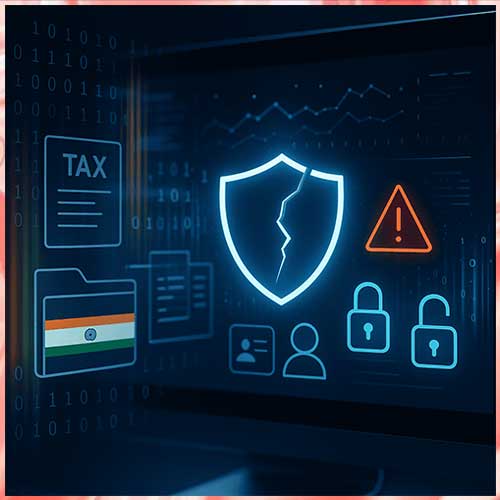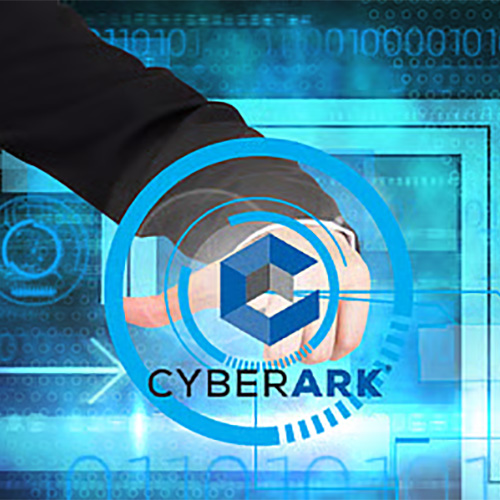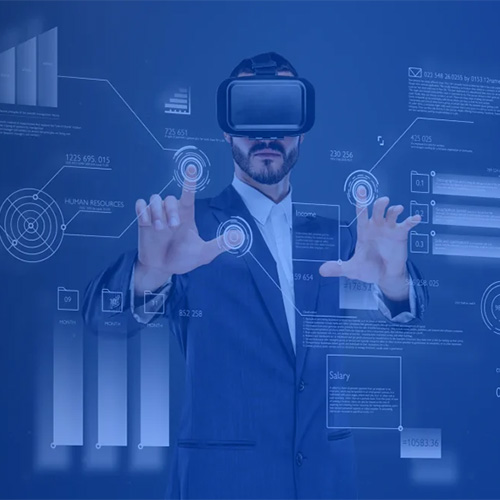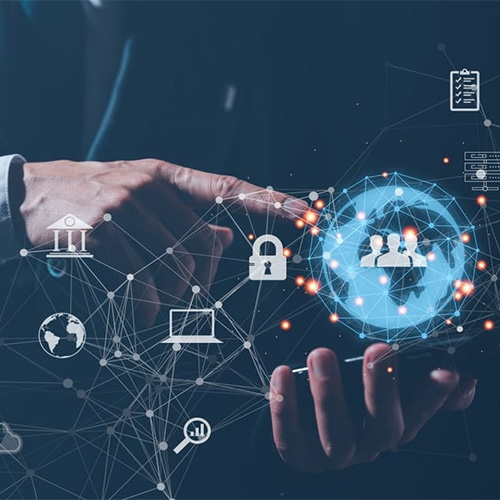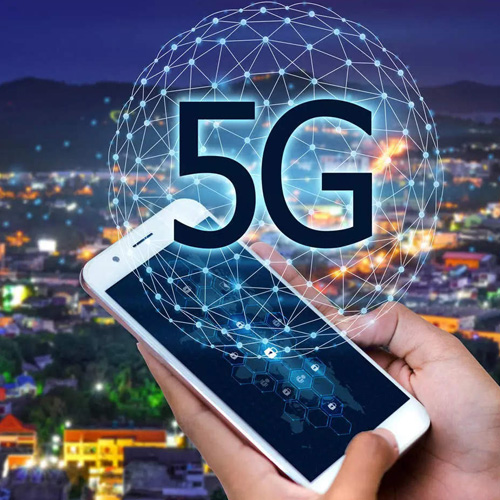
5G is advancing so quickly on so many fronts and changing the way the world connects and communicates that it can be challenging to discern how far we’ve already come and how far there is to go. 5G enables a new kind of network that is designed to connect virtually everyone and everything together including machines, objects, and devices. 5G has been deployed in 60+ countries and counting. We are seeing much faster rollout and adoption compared with 4G. Consumers are very excited about the high speeds and low latencies. But 5G goes beyond these benefits by also providing the capability for mission-critical services, enhanced mobile broadband and massive IoT. Sales of network security appliances to telcos will initially drive the market’s growth as they invest in building out the infrastructure. There are several new mobile phones available that are designed to support 5G, and multiple carriers across the world support the 5G wireless network. 5G wireless technology is intended to provide higher multi-Gbps peak data speeds, ultra-low latency, more reliability, massive network capacity, enhanced availability and a more consistent user experience to more users. Greater performance and better efficiency enable new user experiences and unite new industries.
Experts from the analytical company ABI Research predict that its volume will reach $ 11.6 billion by 2026. Analysts clarify that the first time the growth will be largely associated with the sale of equipment, but in the second part of the forecast period will significantly increase revenues related to software and services. Communication Service Providers (CSPs) buy the solutions they need primarily from network equipment vendors and clean cybersecurity vendors. Over time, other specialized third parties will also enter the market as carriers move to autonomous 5G networks. Over time, as CSPs start offering enterprise applications, this initial investment in security is likely to translate into enterprise security service offerings, marking a significant turnaround and a big new opportunity for CSPs to recoup security costs and create new value in network services. The research shows that telcos and network equipment providers (NEPs) will work closely together to develop 5G infrastructure and bring offerings to enterprise. However, it will be the role of cybersecurity specialist and hyperscalers to help fill the skills gap when it comes to the matter of integrating network security into complex systems that rely on virtualization and cloud environments. The research further states that, hyperscalers as “the biggest threats to NEPs” because of how fundamental the cloud is to 5G, and because their experience in security and services is complementary to 5G-powered offerings.
See What’s Next in Tech With the Fast Forward Newsletter
Tweets From @varindiamag
Nothing to see here - yet
When they Tweet, their Tweets will show up here.





